FAQ Help Center
Delve into the details and discover everything you need to know about Design Craft Leather’s products and processes.
Our FAQ page is your go-to resource for clarity, ensuring your journey with us is as smooth as our finely-crafted leather goods.
Genuine Leather
Genuine leather products can be sustainable when produced using eco-friendly tanning methods and responsible sourcing practices. All of our products are made of Gold Rated Leather hides.
Synthetic alternatives may mimic the appearance of leather, but they often lack the durability and longevity of genuine leather.
Full-grain leather retains the natural markings of the hide, while top-grain leather undergoes a sanding process to remove imperfections.
Yes, advancements in technology are leading to the development of smart materials and sustainable tanning processes within the leather industry.
Look for certifications such as those provided by the Leather Working Group, which indicate adherence to environmental and ethical standards.
While genuine leather can degrade naturally over time, recycling options are limited compared to synthetic materials. However, some initiatives explore ways to repurpose leather waste and scraps into new products or materials.
Yes, alternative approaches such as vegetable tanning, which utilizes natural tannins from plant sources, offer eco-friendly alternatives to conventional chrome tanning methods.
Can’t find an answer?
Need more information? Don’t hesitate to reach out to our dedicated customer support team, who are here to assist you with any further questions or concerns.
Leather Goods Manufacturing
The production process for leather goods typically involves several steps, including design conceptualization, pattern making, leather cutting, stitching, assembly, finishing, and quality control.
Leather goods designs are often developed through a collaborative process involving designers, artisans, and manufacturers. Designers may sketch initial concepts, which are then refined through prototyping and feedback loops.
While we at Design Craft Leather use only full grain leather, common types of leather used in manufacturing include full-grain, top-grain, and split leather. Each type has unique characteristics that influence its suitability for specific products.
Essential equipment and tools for leather goods manufacturing include cutting machines, sewing machines, leather skiving machines, hand tools (such as knives, needles, and awls), and finishing equipment (such as burnishing machines and edge paint applicators).
Quality assurance in leather goods manufacturing involves stringent checks at each stage of production. This includes inspecting raw materials, monitoring production processes, and conducting final inspections to ensure finished products meet quality standards.
Yes, many manufacturers are increasingly adopting sustainable practices in leather goods manufacturing. This includes using eco-friendly tanning methods, minimizing waste through efficient production processes, and implementing recycling and upcycling initiatives.
Craftsmanship plays a crucial role in leather goods manufacturing, as it directly impacts the quality and aesthetics of the final products. Skilled artisans contribute their expertise in cutting, stitching, and finishing to create leather goods of exceptional quality.
Consumers can differentiate between high-quality and low-quality leather goods by examining factors such as the quality of materials used, the precision of craftsmanship, attention to detail in stitching and finishing, and the reputation of the manufacturer.
Ordering
Our minimum order quantities are subject to variation based on factors such as product type, color variations, and craftsmanship intricacies. Providing an exact MOQ before crafting the sample model is not feasible.
We are pleased to offer complimentary samples for our existing product line. Regrettably, it’s important to note that samples for new models are not provided free of charge.
Certainly! As a manufacturer, we do offer custom design services to cater to the unique preferences and requirements of our clients. Collaboration on design concepts is a collaborative process aimed at bringing our clients’ visions to life.
Yes, we can absolutely accommodate special requests or modifications during the manufacturing process. We understand that each client may have unique preferences or specific requirements for their leather goods, and we are committed to meeting those needs to the best of our ability.
Yes, we offer assistance with the packaging of our products as part of our comprehensive service. We understand that packaging plays a crucial role in enhancing the overall presentation of the product and ensuring its safe delivery to customers.
Our production capacity and lead time for manufacturing leather goods depend on various factors, including the complexity of the project, the quantity ordered, and our current workload.
